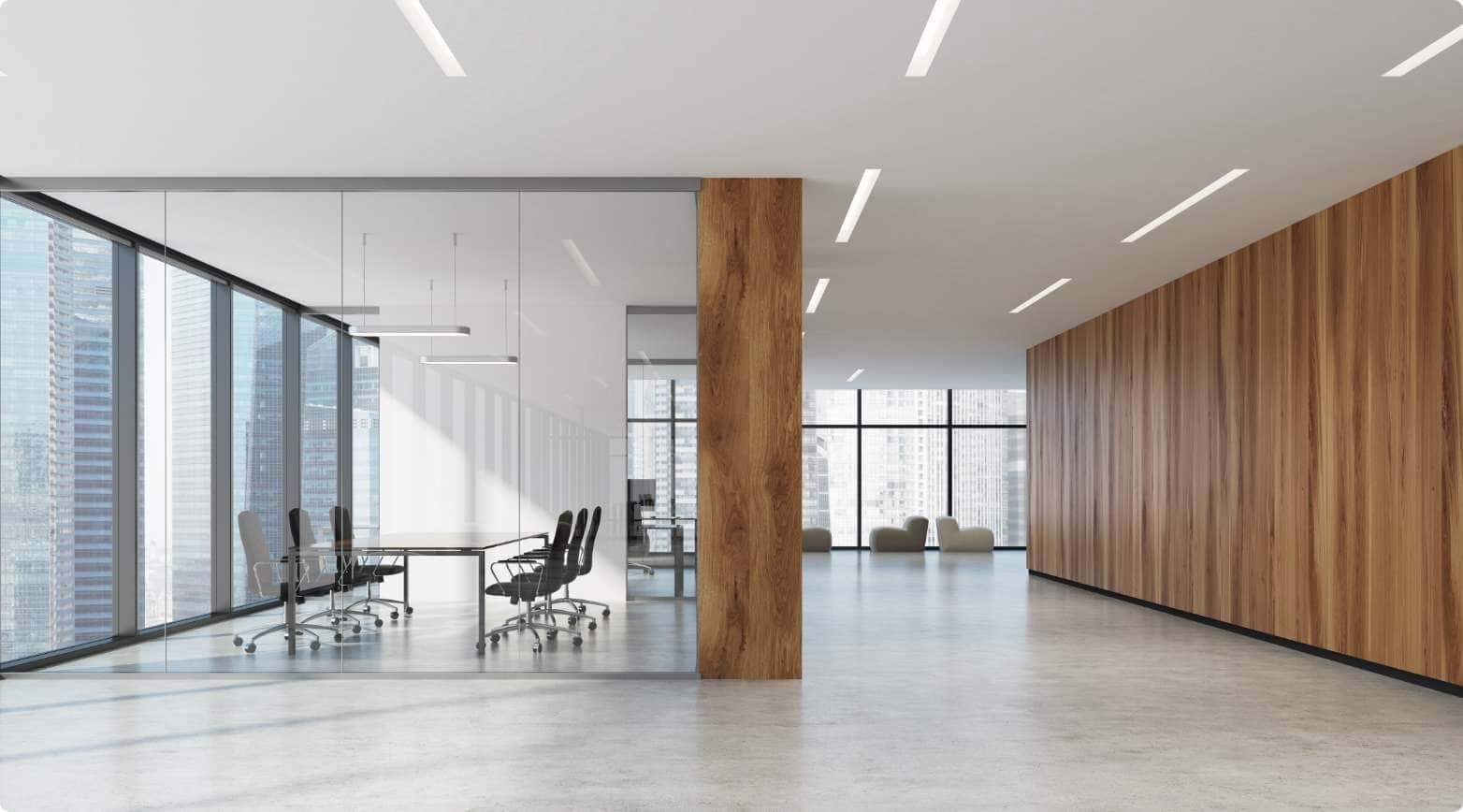According to data shared by the Ministry of Environment, Urbanization, and Climate Change in July 2023, approximately 800,000 independent units in Istanbul have been renewed and delivered to their rightful owners as part of urban transformation so far.
Currently, transformation work is ongoing for 170,941 units . These figures indicate that significant progress has been made over the past 10 years.
The Ministry has set an ambitious target for the next five years: transforming a total of 1.5 million housing units , including 600,000 urgently needed housing units in Istanbul, within the next five years
As part of this mega plan, transformation efforts are underway in 39 districts of the city. So far, 188 different areas have been declared as “risky areas” or “transformation zones,” and work has begun in these areas.
To achieve this goal, cooperation between the central government, local administrations, and the private sector will be essential. It is also emphasized in the plan that the transformation will take place without creating additional population growth; in other words, new housing will be built for the existing population and will not attract extra residents from outside the city.

Urban Transformation Projects of Municipalities and the Private Sector
In Istanbul, urban transformation projects are progressing in two main ways: projects carried out by the public sector (municipalities/government) and those developed by the private sector. In recent years, it has been observed that the private sector is reluctant to undertake large-scale transformation projects, leaving most of the responsibility to the government. Particularly in large-scale, block-based transformations, many contractors act cautiously due to financial burdens and difficulties in reaching agreements with property owners.
As seen in the case of Fikirtepe (Kadıköy), when some large private sector projects stalled, the state intervened through TOKİ and Emlak Konut to take over the initiative. Similarly, in Gaziosmanpaşa, Esenler, Başakşehir, and Bağcılar, many areas are being transformed under the Ministry’s supervision.
On the municipal side, both district municipalities and the Istanbul Metropolitan Municipality (İBB) are running various programs. İBB has established the “Istanbul is Renewing” platform to encourage property owners to conduct earthquake risk analyses and participate in voluntary transformation. Through KİPTAŞ, it is constructing housing projects in critical areas such as Beşiktaş Karanfilköy and Üsküdar Kirazlıtepe. District municipalities also identify risky structures within their borders and develop urban design projects where necessary. For example, Kadıköy Municipality promotes building-based renovations in neighborhoods like Rasimpaşa and Caferağa, while Avcılar and Zeytinburnu municipalities organize public consensus meetings in high-risk areas.
On the private sector side, companies tend to focus more on site-scale or building-based transformations. Instead of large-scale projects with thousands of housing units, the trend is towards renewing individual apartment buildings or combining small parcels to develop new residential buildings. Many contractors prefer to demolish old buildings in central districts, negotiate with property owners, and replace them with smaller, high-end apartment buildings. This way, new apartments are provided to existing owners while additional units are sold to finance the project. This model is particularly popular in high-value neighborhoods such as Nişantaşı, Etiler, and Suadiye. However, it has a limited impact on the city as a whole since it only renews a small number of buildings rather than addressing widespread urban risk.
A prime example of a large-scale public project is “Rezerv Şehir” in Esenler, known as Turkey’s largest urban transformation project. In Esenler, a new satellite city with 60,000 housing units is being constructed to relocate residents from high-risk districts. Similarly, in Gaziosmanpaşa, a multi-phase transformation plan is being implemented through a municipal-TOKİ partnership. In Okmeydanı (Beyoğlu), place-based transformation projects have been initiated by İstanbul Metropolitan Municipality. These examples demonstrate how the public sector is particularly active in areas where middle and lower-income groups predominantly reside.

Regulatory Changes and Incentives
To accelerate the urban transformation process, legal regulations and incentive mechanisms are constantly being updated. The most notable incentive in 2023 was the “Half from Us” Campaign, launched by the central government. Through this campaign, the state provides financial support to those who wish to redevelop their own buildings in Istanbul. Each independent unit can receive up to 1.5 million TL, distributed as follows: 100,000 TL as rental assistance, 700,000 TL as a grant (non-repayable), and 700,000 TL as a low-interest loan.
The goal is to quickly renew 350,000 housing units through this campaign. This highly attractive support package encourages particularly low-income building owners to participate in transformation projects.
On the legislative side, the Law No. 6306 has facilitated the identification and demolition of risky buildings. If a building is declared risky, decisions made by two-thirds of property owners become binding for all owners. If this majority agreement is reached, the remaining shares can be sold at market value to either other owners or TOKİ. This regulation aims to reduce property disputes that hinder transformation. Despite practical challenges in its implementation, many buildings have been renewed using this method.
Additionally, changes in zoning regulations provide extra construction rights and tax exemptions. Those who demolish and rebuild risky buildings are exempt from municipal fees, and new projects may receive up to 20% additional floor area (FAR). This makes transformation projects more profitable for developers. In line with the “on-site transformation” principle, public investments such as road realignments and park areas are sometimes integrated into projects. Another major reform introduced in 2023 was the increase in urban transformation housing loan limits and subsidized interest rates. State banks now offer long-term, low-interest loans to property owners participating in transformation.
All these incentives and legal changes aim to reduce financial and bureaucratic barriers to urban transformation. Campaigns like “Half from Us” have already created significant momentum. As of mid-2023, over 140,000 people in Istanbul applied for this program, and the process has begun (based on news reports). In the near future, new legal regulations (such as expropriation options for buildings where owners cannot reach an agreement) may also come into effect.
Urban Transformation in Terms of Investment and Opportunities
The urban transformation movement in Istanbul presents a massive investment opportunity for the construction and real estate sectors. The target of 600,000 urgent housing units plus 900,000 other risky housing units means a total of 1.5 million units. It is estimated that renewing the first 600,000 units alone will require around 1.5 trillion TL in funding.
This scale will create business potential for many sectors, from construction material manufacturers to contractors, from financial institutions to consulting firms. Major construction companies and real estate investment trusts (REITs) have already expressed interest in participating in transformation projects. However, profitability and risk balance must be well managed, as urban transformation projects are not purely commercial; they also have a public and social dimension.
Investment opportunities are particularly prominent in newly designated reserve areas, where large-scale urban planning projects will be developed. According to the Ministry’s plan, out of 1.5 million housing units, 500,000 will be built in reserve areas on the Asian Side, 500,000 on the European Side, and the remaining 500,000 will be rebuilt in their existing locations.
These reserve areas require approximately 130 million square meters of new land, leading to massive construction zones on the outskirts of Istanbul. For example, in Tuzla, Başakşehir, and Arnavutköy, state-owned lands have been designated for this purpose. The private sector can partner with the public sector to develop large-scale projects in these areas. In addition to housing, these new districts will also include infrastructure, transportation, and commercial areas, creating comprehensive investment projects.
In existing urban areas, investment opportunities are more fragmented but highly profitable. In central districts, property owners who lack financing often partner with contractors through revenue-sharing agreements. The contractor covers the costs of redevelopment, receives a portion of the new apartments, and sells them for profit. This high-margin model is particularly attractive to mid-sized construction firms. Indeed, in Kadıköy, Şişli, and Beşiktaş, many small and mid-sized companies have been developing projects using this approach.
Meanwhile, real estate investors are closely monitoring newly built housing units in urban transformation zones. Properties emerging from transformation projects have high appreciation potential depending on their location. In districts with a large number of risky buildings, such as Avcılar and Küçükçekmece, property values are expected to increase significantly after transformation. As a result, some investors have already begun purchasing land and old buildings in these areas, contributing to the revitalization of the secondary real estate market.
Neighborhood-Based Transformation Intensities
Although urban transformation activities are widespread across Istanbul, certain districts and neighborhoods are undergoing more intensive redevelopment. Kadıköy-Fikirtepe was the first major private sector-led transformation area but is now continuing under government intervention, with thousands of housing units near completion. Bağcılar, Esenler, and Gaziosmanpaşa are among the districts with the highest number of risky buildings, making them hotspots for large-scale transformation. Within Bağcılar, Göztepe and Kirazlı, and in Gaziosmanpaşa, Sarıgöl and Yenidoğan have been declared pilot areas, leading to extensive demolitions and rebuilding. Similarly, in Ümraniye and Maltepe, many residential renewal projects have been completed over the past five years.
On the other hand, Avcılar and Fatih are high-risk areas where transformation has been relatively slow. In Avcılar, discussions about accelerating urban transformation gained momentum after the 2023 earthquakes. In Fatih, large-scale redevelopment is challenging due to historical preservation concerns and complex property ownership structures. Instead, individual building renovations are encouraged in these areas. In Sarıyer, special projects were planned for informal settlements like Derbent (e.g., Emlak Konut’s project), but socioeconomic factors have influenced progress. In Ataşehir and Üsküdar (e.g., Küplüce and Ferah neighborhoods), many old buildings have been demolished and replaced with earthquake-resistant apartments, making these neighborhoods high-priority zones for transformation.
Looking at Istanbul as a whole, urban transformation on the European Side is concentrated in the Gaziosmanpaşa-Bağcılar-Esenler corridor and the Zeytinburnu-Bakırköy line. On the Asian Side, the Kadıköy-Ümraniye-Kartal corridor is the most active. These regions have a high number of risky buildings and, in some cases, block-based transformation projects. As of 2024, nearly 200,000 independent units are under construction in these districts.
The private sector, however, is more active in high-value districts such as Beşiktaş, Kadıköy, and Şişli, focusing mostly on individual building transformations rather than large-scale projects.
In conclusion, urban transformation in Istanbul is highly dynamic and will gain even more momentum in the coming years with legislative support. While achieving the 1.5 million housing target within five years may be challenging, significant progress is expected. As a result, Istanbul’s urban landscape will continue to modernize, creating a safer and more resilient city.








